Is SLO County on track to cut homelessness by half in 5 years? ‘I see hope’
The San Luis Obispo County Board of Supervisors unanimously approved a battle plan in August to reduce homelessness by half over a five-year period.
Nearly nine months later, county staff presented a progress report on the San Luis Obispo Countywide Plan to Address Homelessnessto the board on Tuesday.
Is the plan on track to succeed? It depends on who you ask.
SLO County Homeless Services Division manager Joe Dzvonik told supervisors Tuesday that the county is making progress towards reaching the goals outlined in the plan, which includes building more housing — from tiny homes and palette shelters to permanent supportive housing — as well as expanding mental health, addiction and case management services, and identifying new sources of funding.
So far, 461 people have exited homeless into permanent housing since July 1, the start of the current fiscal year, while the county has prevented 499 people from entering homelessness, Dzvonik said.
A total of 1,516 people have accessed support services since July 1, he said.
However, 1,029 people have entered homelessness during that time, Dzvonik said.
“I see hope,” 5Cities Homeless Coalition Executive Director Janna Nichols said at Tuesday’s meeting. “We’ve got a lot of gaps, but you’re hearing people here today coming together.”
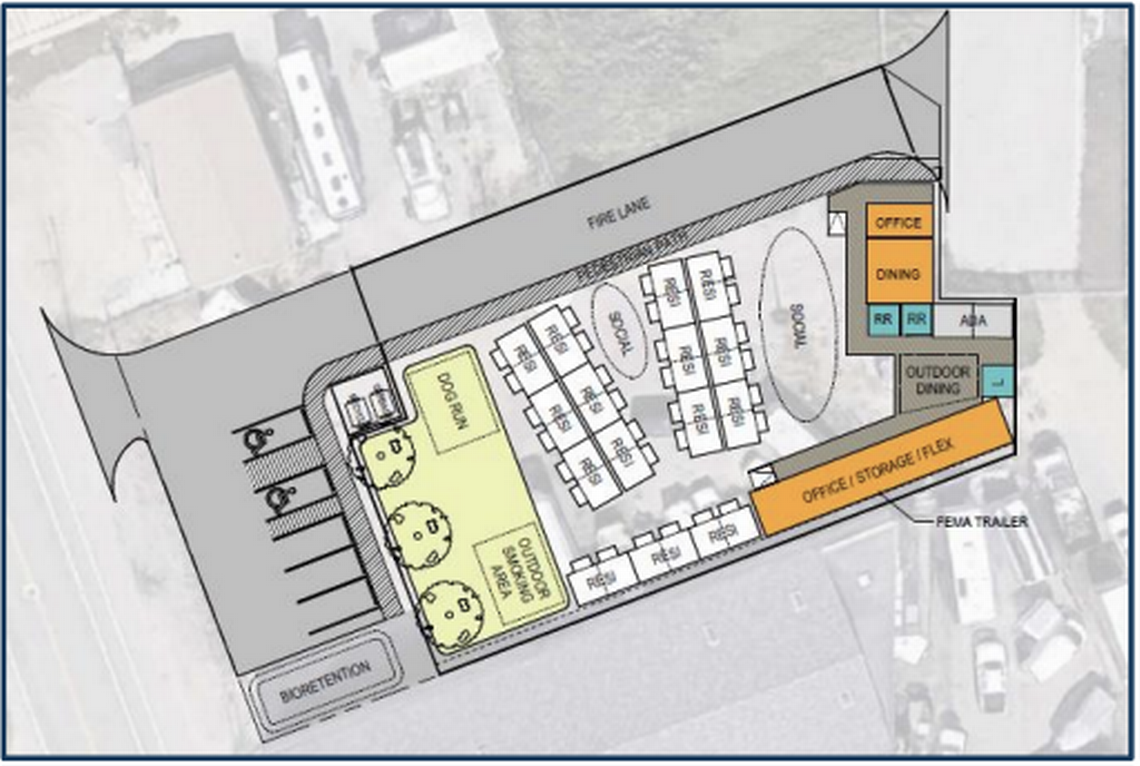
New housing projects on the way
Four new housing projects are coming down the pipeline over the next three years, Dzvonik said,
The 5Cities Homeless Coalition’s Barca housing project could bring 30 interim shelter beds to the west end of Grover Beach, Dzvonik said.
The $6.5 million Barca project would be funded by 5Cities Homeless Coalition (5CHC), SLO County and Dignity Moves, with support from California State Parks, Caltrans and the cities of Grover Beach and Pismo Beach, Dzvonik said.
These groups will submit funding applications for the state Encampment Resolution Funding Program, a $350 million competitive grant program that provides funding for housing opportunities that can help people get out of living in homeless encampments.
Additionally, the county will foot the $500,000 bill for the interim shelter beds provided by BossCubez, Dzvonik said, while the city of Grover Beach has already provided $400,000 to purchase the land for the project.
Dzvonik said the Barca housing project would function similar to the 5CHC’s Cabins for Change program, which operates on a transitional housing model intended to get residents off the street, connected with services and into more permanent housing.
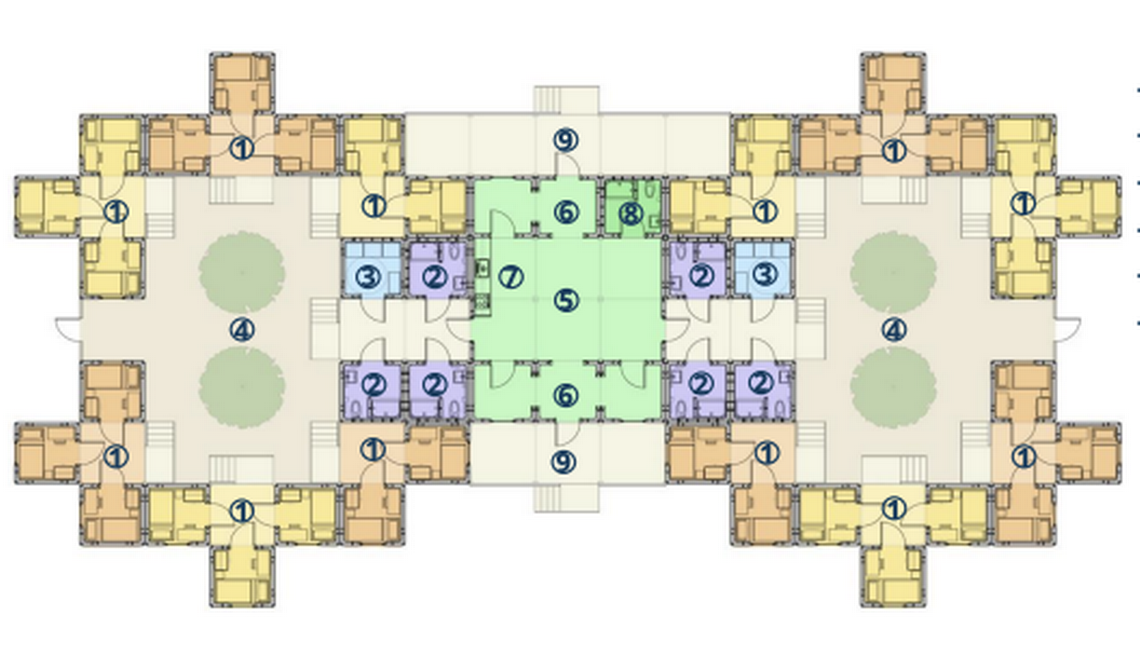
Transitional housing developer LifeArk plans to build an $8.5 million housing project in Paso Robles consisting of 20 interim beds, Dzvonik said.
Land at 710 Pine Street has already been donated by the city of Paso Robles, which will join the county and homeless housing provider CityNet in applying for state Encampment Resolution Funding Program funds, Dzvonik said.
Similar to the Barca project, this would be a 90-day transitional housing program in the vein of Cabins for Change, Dzvonik said.
Farther south, Dzvonik said the city of San Luis Obispo could see two housing developments.
The city, the county, Good Samaritan Shelter and Dignity Moves have filed a joint application for $13.4 million in Encampment Resolution Program funds to build the Welcome Home project.
That project would consist of 34 interim shelter beds and 46 permanent supportive housing beds provided by LifeArk, Dzvonik said.
The county has already provided land for the project on an empty lot behind the San Luis Obispo County Department of Social Services on Higuera Street, Dzvonik said.
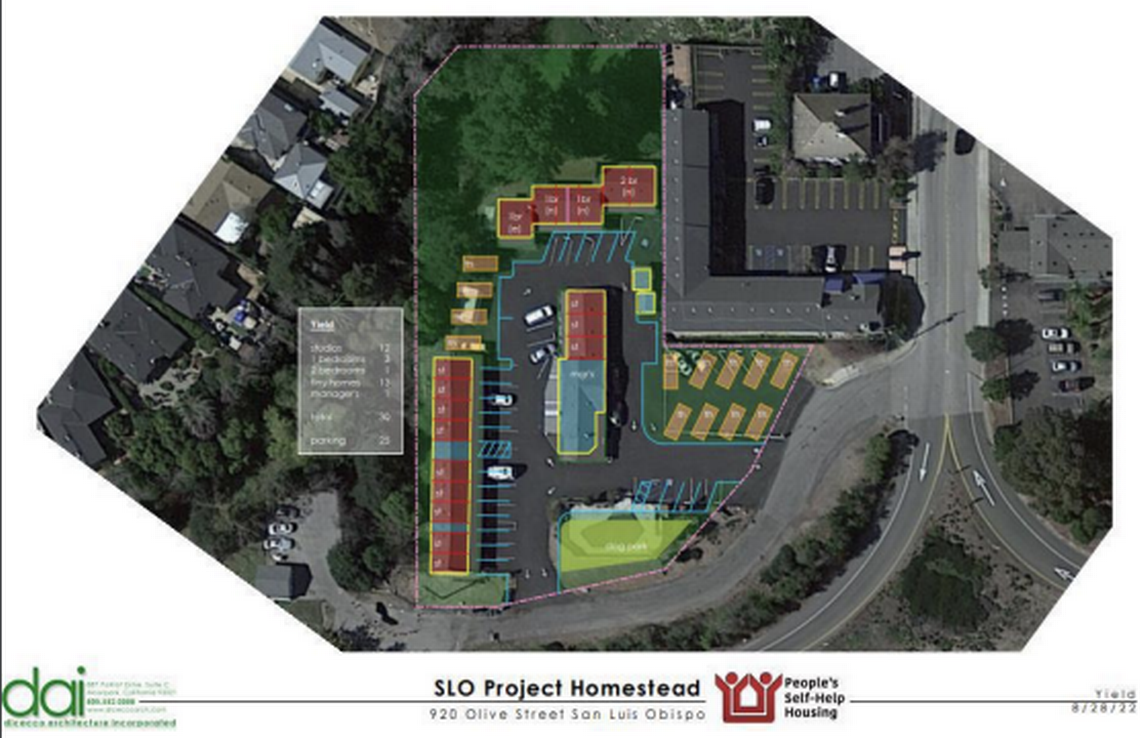
In addition, People’s Self-Help Housing of San Luis Obispo County is planning a $18 million motel conversion project in San Luis Obispo using money from the third round of state Homekey funding, Dzvonik said.
The city of San Luis Obispo will apply for the funding along with People’s Self-Help Housing, the Community Action Partnership of San Luis Obispo County and the county, Dzvonik said.
This funding would cover the program’s development and first three years of operation, Dzvonik said, which would see the motel’s rooms converted into 15 family living spaces, with 15 interim shelter beds from BossCubez installed in the motel’s parking lot.
Dzvonik said the project’s future will be more clear in the next 10 to 12 business days as the applicants complete the bidding and funding process.
The county’s plan calls for about 1,650 new low-income housing units to be built by the end of 2027, with 500 of those units designated as permanent supportive housing, Dzvonik said.
As of now, the county is a few hundred units short of those goals. A total of 409 new low income housing units are slated to be available by the end of 2024, with a total of 905 new units planned for the end of 2026.
“It’s still clear that more coordination is needed between developers, service providers, the county and city staff moving forward and become better aligned with the numbers in this plan,” Dzvonik said.
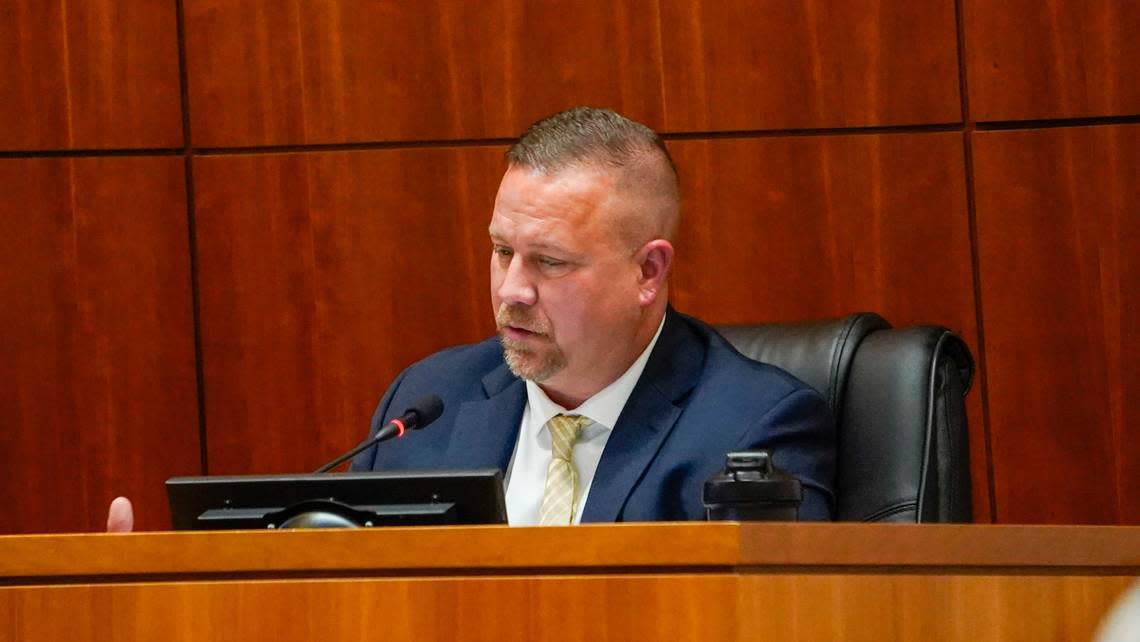
SLO County to improve homeless outreach, data management
The county’s current data management system is flawed, Dzvonik said, because there isn’t one simple way to track one person’s case to determine when they enter homelessness, when they access services, and if they eventually find housing.
“Service providers often have to enter extensive data sets multiple times to have the ability to share information,” Dzvonik said. “Right now, we do not have a way to measure which programs are effective or guide us in the reallocation of resources towards success.”
The SLO County Homeless Services Division is searching for a new data management system into which local homeless service providers could enter data.
That way, each agency can see when an individual speaks to a service provider, accesses services such as an overnight shelter and allows the service providers to collaborate to find that individual housing.
In March, the Homeless Services Division opened the application process for new data management systems, and will select a new one in August, he said.
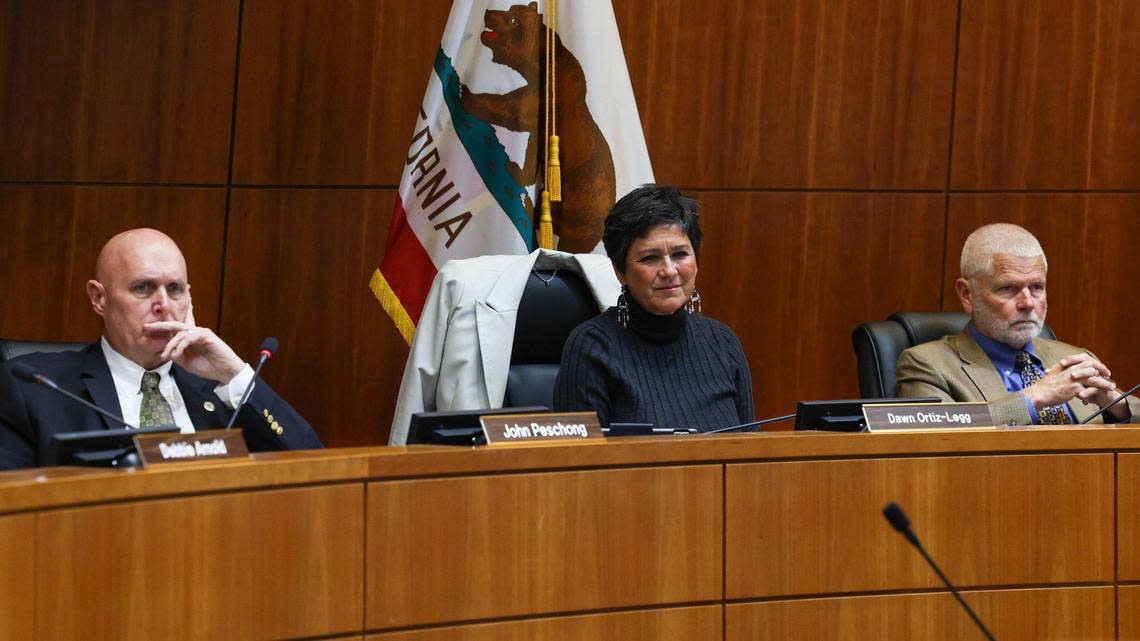
When the county has better data to understand how folks become homeless, what services they’ve accessed and where they’re falling through the cracks, county staff can do more targeted street outreach, Dzvonik said.
During county budget talks for the next fiscal year, the Homeless Services Division will ask for another $1.8 million to support street outreach and homelessness prevention, Dzvonik said.
“Street outreach is the most critical component of the countywide plan, because unhoused people, or those at risk of becoming homeless cannot be identified, assisted or tracked through the continuum if no one is contacting them directly on a weekly if not daily basis,” Dzvonik said.
Supervisor Jimmy Paulding agreed.
“Outreach is a critical link between the safety net that we described with all those services and getting people out of homelessness,” Paulding said Tuesday.
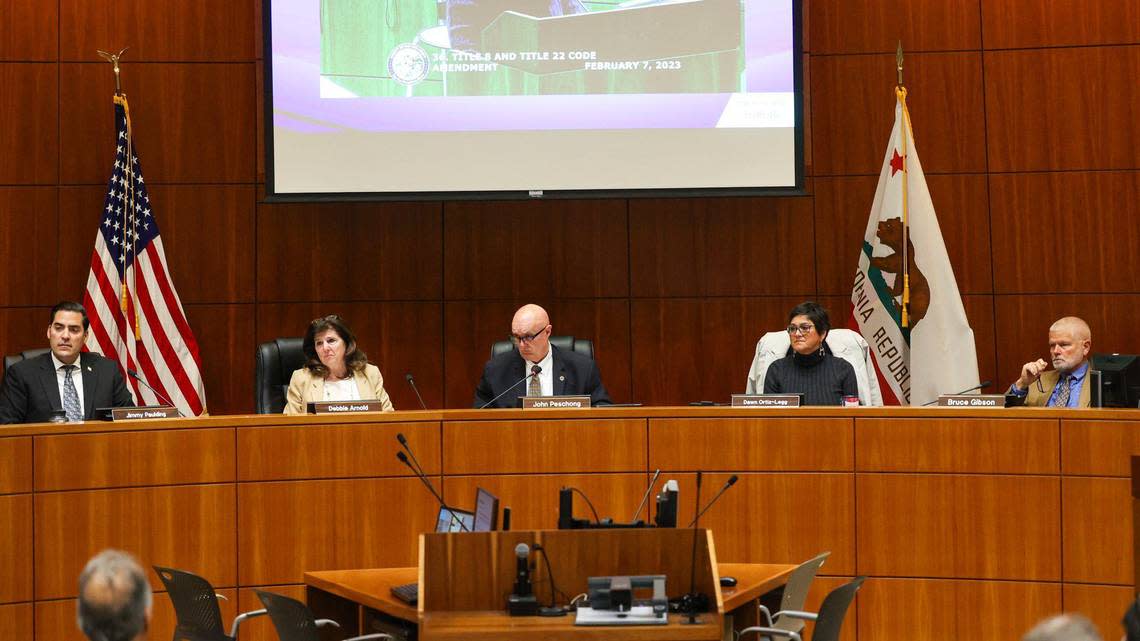
Oklahoma Avenue safe parking site closure still planned
The county’s five-year plan originally called for an expansion of its safe parking site at Oklahoma Avenue, located just north of San Luis Obispo on Highway 1.
In late February, however, the county announced the site would begin drawing down its operations to eventually close over the coming year, though no official deadline was set.
This means that the county will close the site to new residents, while continuing to provide services to current residents until they are placed in new housing.
Dzvonik emphasized on Tuesday that no current residents will be forced to leave the site before they find new housing.
The Oklahoma Avenue safe parking site was initially intended as a 180-day pilot program. Although several residents have been staying at the site since it opened in August 2021, the county still views the site as a transitional opportunity to find housing for residents.
More than half of the roughly 60 households currently living on the site have been there longer than 12 months, Dzvonik said.
“Although there are cases of success where participants achieve enough stability and direction to move on to a better situation in their lives, this has not occurred in the number and timelines originally envisioned,” Dzvonik said.
Multiple service providers met onsite for the first time Friday as part of this surge in services, which will include efforts from CAPSLO , 5CHC, El Camino Homeless Organization, Transitions-Mental Health Association, LAGS Recovery Centers and the San Luis Obispo County Department of Social Services’ Adult Protective Services program.
San Luis Obispo County Public Works Director John Diodati explained that it would be expensive to transform the Oklahoma site into permanent housing because the land was originally a landfill.
State law would require the county to remediate the former landfill, which would cost at least $3.1 million, Diodati said at Tuesday’s meeting.
On Tuesday the supervisors suggested that the county pursue other sites for parking programs that aren’t as cost-prohibitive.
County staff will also look into opening smaller, overnight-only parking programs similar to the programs operated by the city of San Luis Obispo and CAPSLO for people who want to keep living in vehicles and campers, which Dzvonik said have a “relatively greater level of success” with moving clients into housing than the Oklahoma Avenue safe parking site.
Site resident Dave Richford said at the Tuesday meeting that folks at the Oklahoma Avenue site may prefer to continue living in their vehicles.
Richford asked that the county look into creating campground-style lots for unhoused people and their vehicles to replace the transitional Oklahoma Avenue site.
“I just want to stress that if we end up going back to the streets, which we hope to God we don’t have to, we’re going to be dealing with the police department, which is most of our problem,” Richford said. “The community, we don’t want to invade their privacy, their concerns — we want to be able to get somewhere where we can have affordable housing.”
